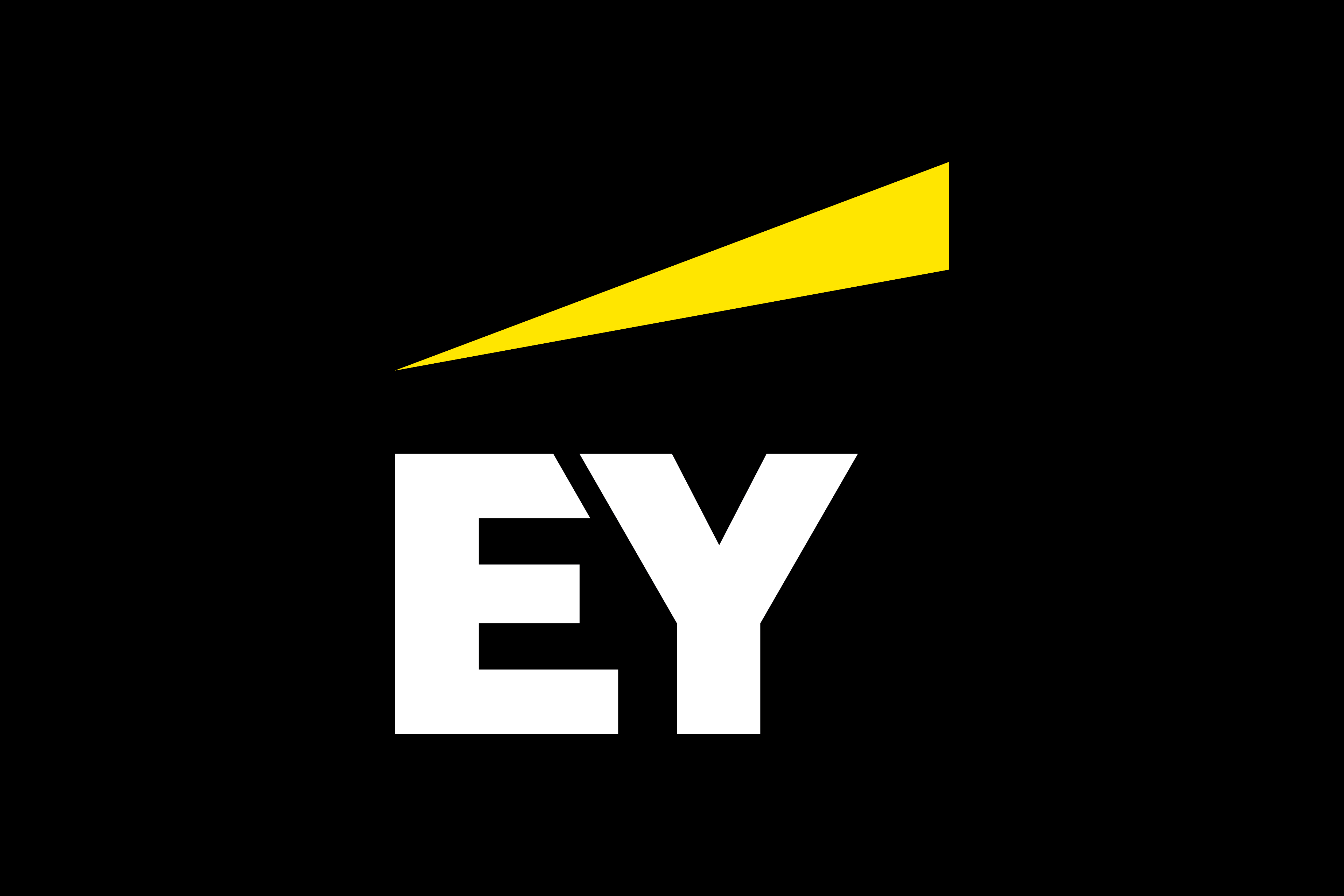EY refers to the global organization, and may refer to one or more, of the member firms of Ernst & Young Global Limited, each of which is a separate legal entity. Ernst & Young Global Limited, a UK company limited by guarantee, does not provide services to clients.
How EY can help
-
EY Center for Board Matters. We support board members in their oversight role by helping them address complex boardroom issues. Find out more.
Read more
Boards can foster robust dialogue by questioning how management is reducing costs in a targeted way and reinvesting capital to develop capabilities to support growth. Through rigorous oversight of the portfolio review process, boards can press management on how it evaluates underperforming business units or non-strategic assets. They can support divestment actions that free up capital for more profitable ventures and oversee how metrics designed to measure investment decisions impartially are helping CEOs act with confidence.
Many companies will continue to invest in artificial intelligence (AI) as they move from a multitude of AI use cases to a prioritized set of investments that can be applied at scale to improve value optimization and creation. Notably, two-thirds of directors responding to the survey think management should prioritize AI to capture market opportunities and greater internal efficiencies over mitigating risks. Just one-third said mitigating AI risks should be prioritized even if it reduces speed to market or slows internal process improvements. This imbalance underscores the need for robust debate and constructive deliberation to establish that the board and the management team are aligned on risk appetite with respect to AI investments.
Directors will embrace transaction-led transformation, survey responses show. Directors who think their company’s strategy will change over the next three years ranked the pressure to grow via transactions as a top driver of that change, along with increased competition and AI. Deal volume is expected to increase in 2025, underscoring the importance of boards’ overseeing how their companies are optimizing their portfolios to enable agility and capital strength. Further, boards will play an important role in overseeing how companies are truly transforming through capital strategy decisions that may require reimagining the enterprise.











